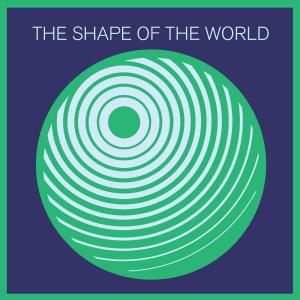The Shape of the World

Is the Earth Alive?
Ferris Jabr, author of Becoming Earth, claims that it is: that Earth is a vast interconnected living system and we humans (and all other living things) don’t just live...

Ferris Jabr, author of Becoming Earth, claims that it is: that Earth is a vast interconnected living system and we humans (and all other living things) don’t just live...
